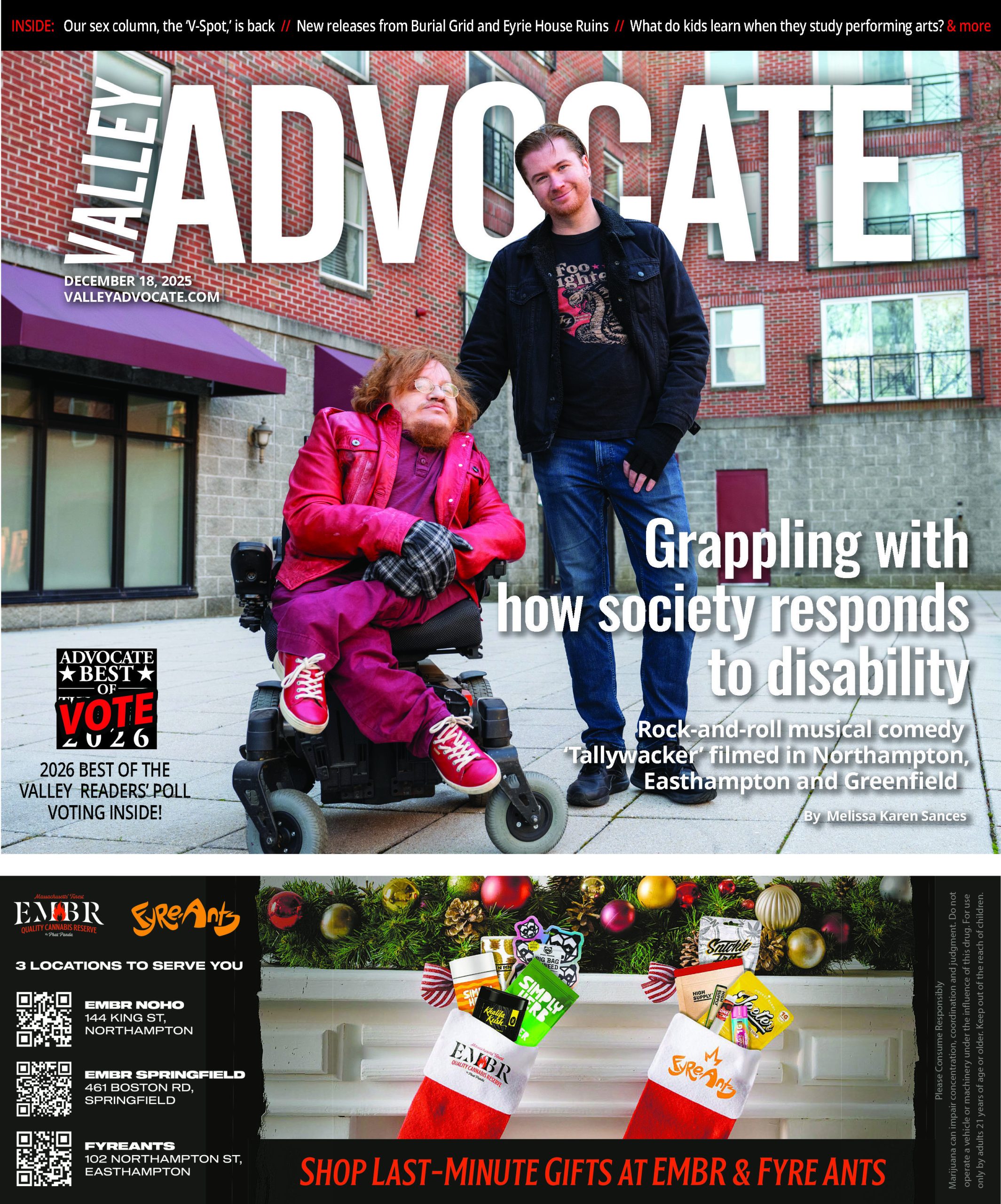Over the course of the Trump presidency, seeking asylum in the United States has become more difficult. Below are some policies implemented by the Trump administration that have placed additional obstacles before asylum seekers in recent years.
Detaining asylum seekers
In President Trump’s first week in office in January 2017, he signed an executive order requiring Customs and Border Patrol to detain every unauthorized immigrant attempting to cross the border — including vulnerable populations such as children, families, and migrants who claim to face deadly peril if sent back home. In April 2018, then-Attorney General Jeff Sessions announced a new policy, called “zero tolerance,” which called for prosecuting all adults — including asylum seekers — who were arrested by the Department of Homeland Security for illegal entry. Sessions said that if parents were caught “smuggling” their children into the country they would be separated and treated as criminals. By June, after a forceful public rebuke of the policy, Trump ended the separation policy.
Trump has claimed that detention and separation of families at the border began under the Obama administration. In 2014, the Obama administration temporarily detained families and children beyond the 72 hours they were legally supposed to in response to a surge of migrants from Central America — but his administration did not have a policy of separating children from their parents.
A longer wait
In April 2018, the Trump administration began implementing a practice known as “metering,” a process where asylum seekers at ports of entry are often turned back and required to wait for months in Mexico just for the opportunity to start the asylum process.
More than 21,000 individuals were waiting in border cities across Mexico awaiting the chance to begin the process in November 2019, according to the Strauss Center for International Security and Law. Wait times varied from a low of one to three days at the ports of entry between Reynosa, Tamaulipas, and McAllen, Texas, to a high of six months at the ports of entry between Ciudad Juárez, Chihuahua, and El Paso, Texas, according to Strauss.
Remain in Mexico
The Trump administration implemented a program called the “Migrant Protection Protocol” (MPP), often referred to as the “Remain in Mexico” program, in January 2019. Individuals who arrive at the border under this program are given notices to appear in immigration court and sent back to Mexico. These individuals are told to return to a specific port of entry at a specific date for their next court hearing, sometimes at different ports of entry hundreds of miles away.
The federal government has used MPP at seven U.S. border towns: San Ysidro, California; Calexico, California (individuals sent back here must travel to the San Ysidro port of entry for hearings); Nogales, Arizona (individuals sent back here must travel to the El Paso port of entry for hearings); El Paso, Texas; Eagle Pass, Texas (individuals sent back here must travel to the Laredo port of entry for hearings); Laredo, Texas; Brownsville, Texas. The decision to send individuals or families back under MPP is discretionary and is made by individual CBP officers or Border Patrol agents.
As of January 2019, there were more than 61,000 cases heard in immigration court that went through MPP, with the vast majority being denied entry, or having their cases remain pending, according to the Transactional Records Access Clearinghouse at Syracuse University.
A year since Remain in Mexico began, tens of thousands of people have been returned to Mexico to await court hearings.
Late last month, a federal court of appeals ruled that the policy was unlawful, yet allowed the immigration restriction to remain in place until Wednesday, March 11, when the Supreme Court would review the case. If the Supreme Court does not grant the government’s request to take up its appeal, the appeal’s court decision to block the policy will take effect on Thursday, March 12, although only in the border states within the appeals court’s jurisdiction, California and Arizona.
According to Human Rights First, through February 28, 2020, there were more than 1,000 publicly documented cases of rape, kidnapping, assault, and other crimes committed against individuals sent back under MPP.
Gaining asylum elsewhere first
On July 26, 2019, the Trump administration announced a ban on asylum seekers for individuals who enter the United States at the “southern land border” after transiting through another country after leaving their home. It’s called the Asylum Transit Ban and makes non-Mexican asylum seekers at the southern border ineligible for asylum unless they’ve already requested for asylum in another country.
Narrowing the reasons for asylum
In June 2018, the Trump administration eliminated domestic and gang violence from the reasons that people could seek asylum in the United States. A judge blocked that policy later that same year, but the Department of Justice continues to argue in court for its reinstatement.


